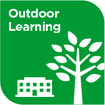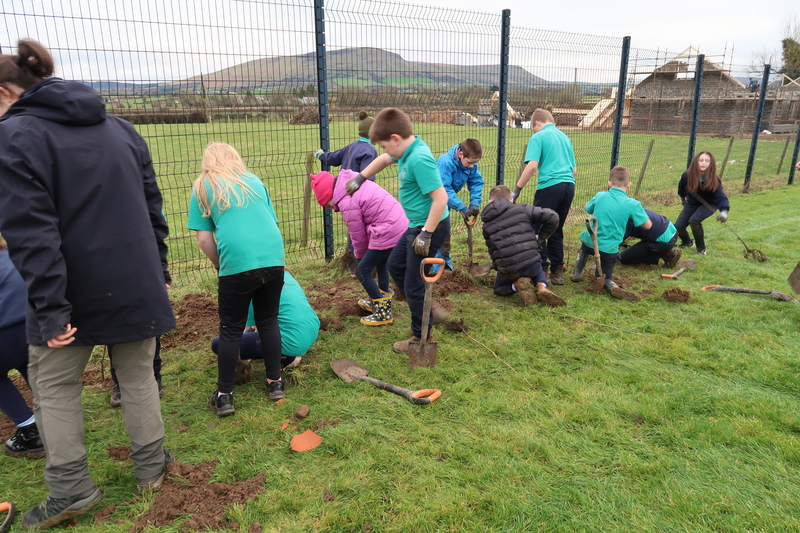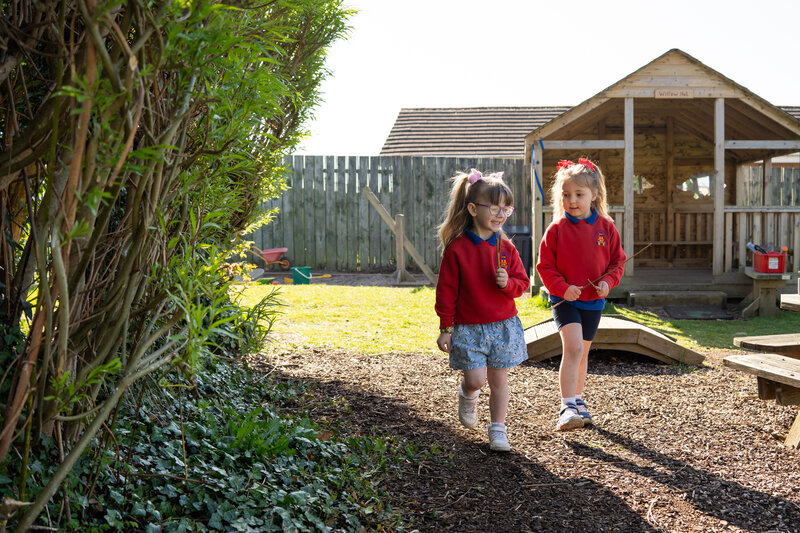Outdoor Learning

How school grounds are designed and used can shape pupils' behaviour, attitudes, and learning. Outdoor spaces aren’t just for play—they’re powerful learning environments.
Why Outdoor Learning Matters
-
Pupils may spend up to 25% of their time in school grounds.
-
The condition of these spaces shows how much we value pupils and the environment.
-
Well-managed, engaging grounds help reinforce environmental messages taught in class.
Learning Beyond the Classroom
-
The outdoors supports all learning styles—especially for pupils who struggle in traditional classrooms.
-
Real experiences (like handling minibeasts or observing shadows) help pupils remember and understand better.
-
Many subjects (science, geography, literacy, maths, citizenship) benefit from or require outdoor learning.

Designing for Learning
Outdoor learning needs:
-
Spaces for group work and lessons
-
Seating, shade, and shelter
-
Natural features and sustainable materials
-
Opportunities for recycling, composting, and growing native plants
Benefits by Age Group
-
Primary: Encourages play, creativity, and social interaction
-
Post-Primary: Focuses more on social spaces and deeper environmental learning through subjects like science and geography
Next Steps
Explore:
Curriculum-linked PowerPoints and activities for Foundation to KS5
Outdoor Learning Resource Pack
Partners: Find support for improving your grounds
This informative document can help guide you through the benefits of Outdoor Learning
Download resources or get involved through the Eco-Schools NI website
Teaching Resources

